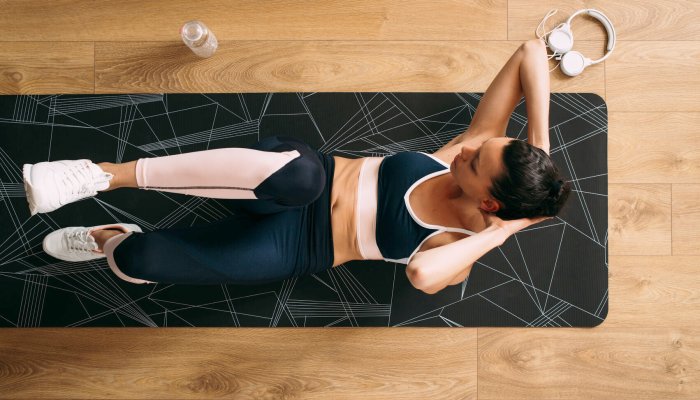

First things first: Kettlebells are versatile. You can use them for a variety of moves (think swings, farmer’s carries, deadlifts, goblet squats, and more). “I will also do a push-press or some kind of squat with kettlebells,” Lyon says. You can even hold the kettlebell in different ways (by its base, its handle, or even upside down) to tweak the difficulty level and how the muscle is being stressed.
These exercises help you build lean muscle (which Lyon deems the “organ of longevity”), but they also work on your grip strength, which can significantly enhance your quality of life as you age. Research shows that it can even help reduce all-cause mortality.
Kettlebells are also compact and easy to store, which is great news for my one-bedroom NYC apartment. Lyon shares she doesn’t have a rack of weights at home; she finds it safer to place kettlebells on the floor in a house with young kids. Plus, some signature kettlebell moves, like kettlebell swings, can’t be comfortably replicated with a dumbbell—so it’s a win-win.
Feel free to head over here to browse our favorite kettlebells to buy. If you’re a strength training beginner (like me), experts recommend starting out lighter than you think before working your way up.
“A good test is to try and pick up the kettlebell with the nondominant arm and raise to shoulder level 10 times with moderate effort,” advises Jamie Costello, MSC, vice president of fitness and sales at Pritikin Longevity Center. “You can always go heavier, but it’s a bad idea to start out too heavy.”








